How Brands Can Avoid the Wrong Celebrity or Influencer in China
Blackpink member Lisa was appointed global ambassador of Celine in September 2020. Photo: Courtesy of Celine
Article by Daniel Langer, CEO Équité in Jing Daily
When facing this challenge, many brands make one huge mistake, in my opinion: They follow trends and do what everyone else does. Let’s say brand A signs up with a K-Pop star and has seemingly found success. So brand B follows, as does brand C, followed by brand D, E, F, and so forth. As a result, everyone makes the same move, and the followers rarely achieve the same impact as the original brand. In fact, in many cases, follower brands can significantly weaken their brand equity this way.
Choosing an influencer is a strategic task. It cannot be a tactical decision made by simply following trends. And the strategy must start with the brand identity. That means before a brand can even consider a collaboration, it must know its brand equity aspiration, what it stands for, and what rational & emotional aspects it wants customers to understand.
That requires a dedicated process that, in my experience, can take two to three months to finish. When I audit brands, I find that these fundamental tasks are rarely done. Instead, brands tend to define themselves through vague value propositions, exchangeable buzzwords like “performance, authenticity, confidence, and pride,” which sound great but mean nothing if they are not followed up with measures that make them felt by the customers.
As a result, in many brand audits, I find entire categories are often defined by a “sea of sameness” where brands have very similar brand stories and benefit promises. The result? Brands within a category become less defined, less distinct, lack personalities, and stagnate or underperform.
Then, if an undefined brand now relies on a random influencer to give it a boost, the attributes of the influencer will overpower the brand. The consequence is a brand identity that is shaped more by an influencer than a brand. Over time, this will weaken brand equity and will only compound a brand’s glaring issues.
Instead, brands should get clarity about their brand positioning and competitive advantage (both rational and emotional) before even considering an influencer collaboration. A brand audit is a great starting point, but it must be followed by a brand equity aspiration exercise. Only when the brand personality is defined in every detail should a brand then go search for an influencer who matches the brand personality.
This route, ideally, leads to stronger influencer integration. Just being a “pretty face” that represents a brand is not enough anymore because, as I said earlier, everyone is doing it, so it gives no competitive advantage.
Gucci understood this when the brand made Kai its ambassador. The personalities of the brand and influencer match perfectly, and Gucci integrated Kai in a way that led to the co-development of a capsule collection, which quickly sold out across Asia.
This example is where brands can learn from best in class. Don’t just go for an influencer or a celebrity to represent your brand because everyone else is doing. Be strategic. Do your homework first to make sure you know who you are as a brand. Be clear about your goals and how a potential collaboration could strengthen your brand equity and create a competitive advantage. If there is no competitive advantage, then you can do more harm than good with an influencer.
Daniel Langer is CEO of the luxury, lifestyle and consumer brand strategy firm Équité, and the professor of luxury strategy and extreme value creation at Pepperdine University in Malibu, California. He consults some of the leading luxury brands in the world, is the author of several luxury management books, a global keynote speaker, and holds luxury masterclasses in Europe, the USA, and Asia. Follow @drlanger

